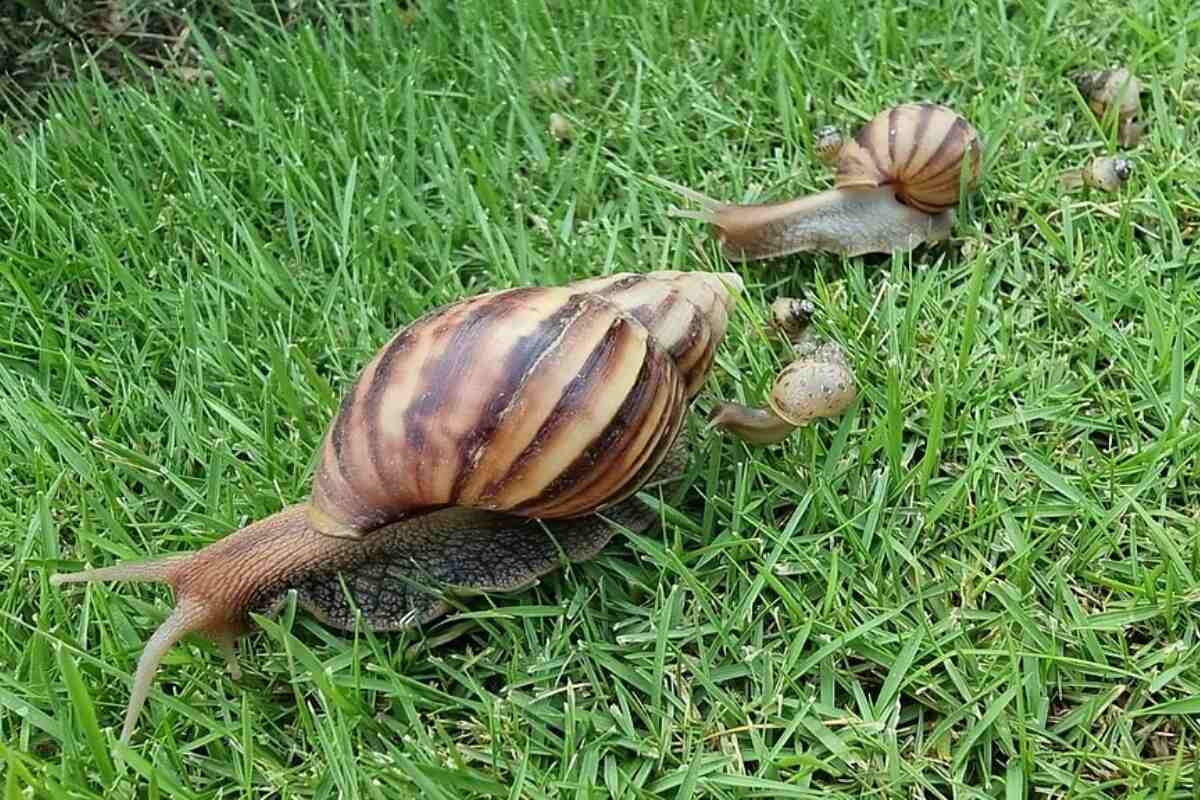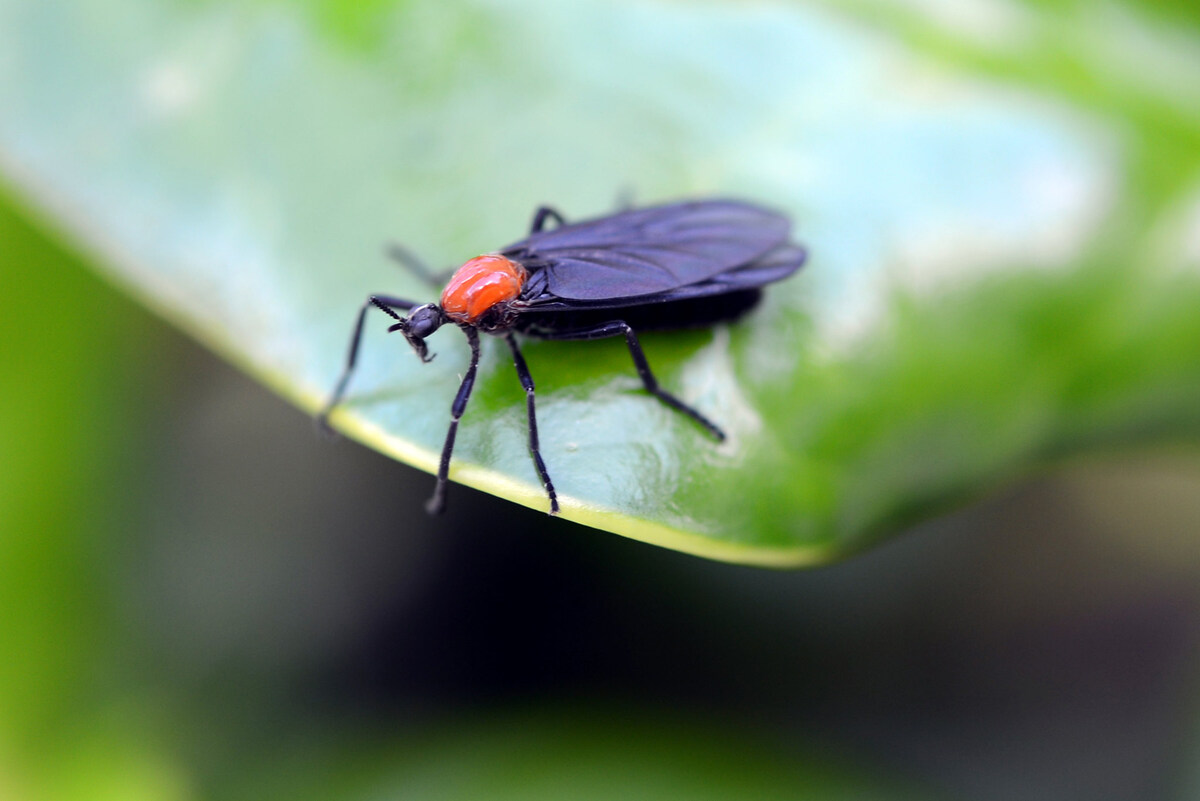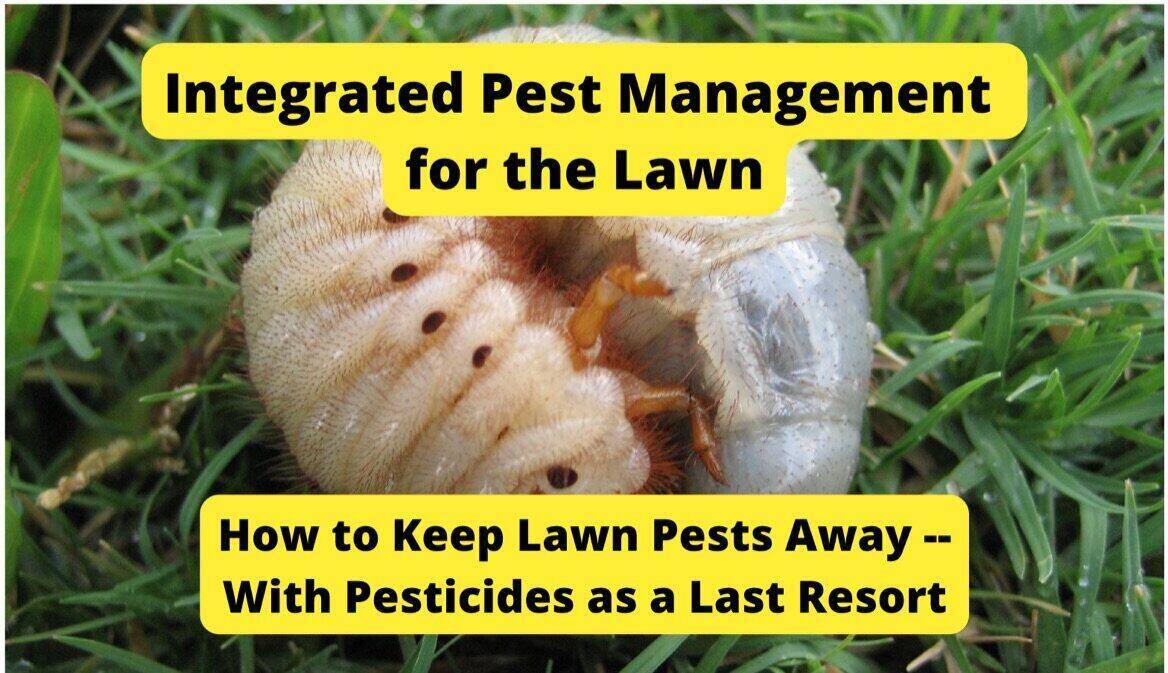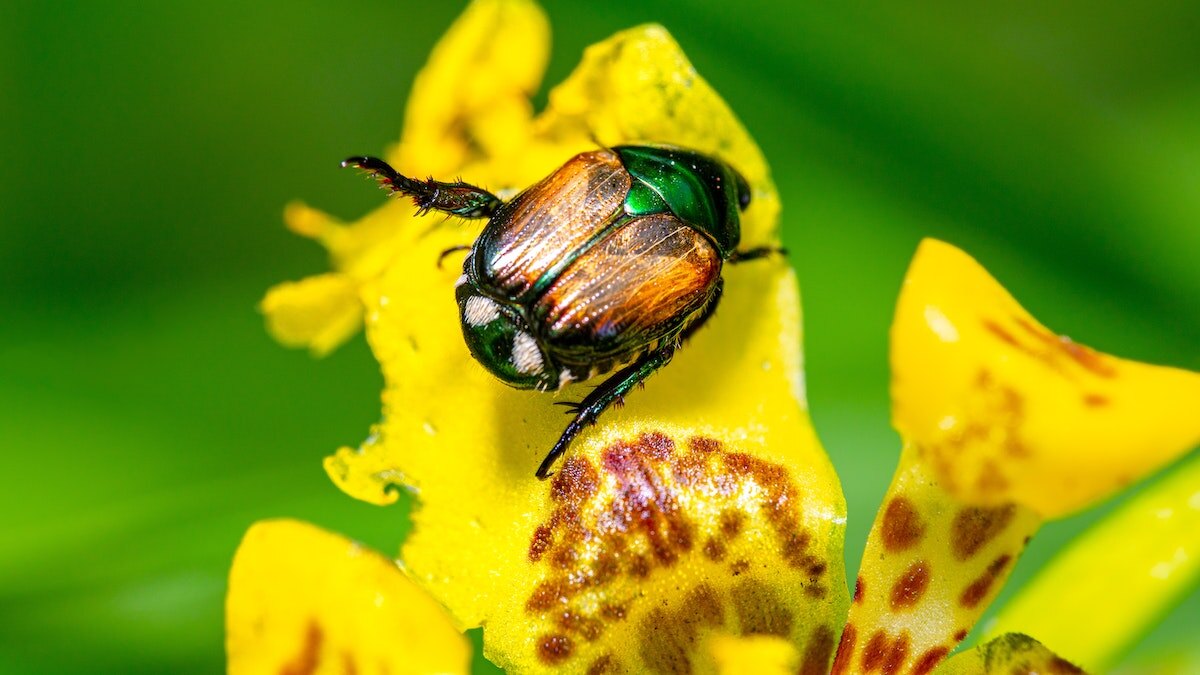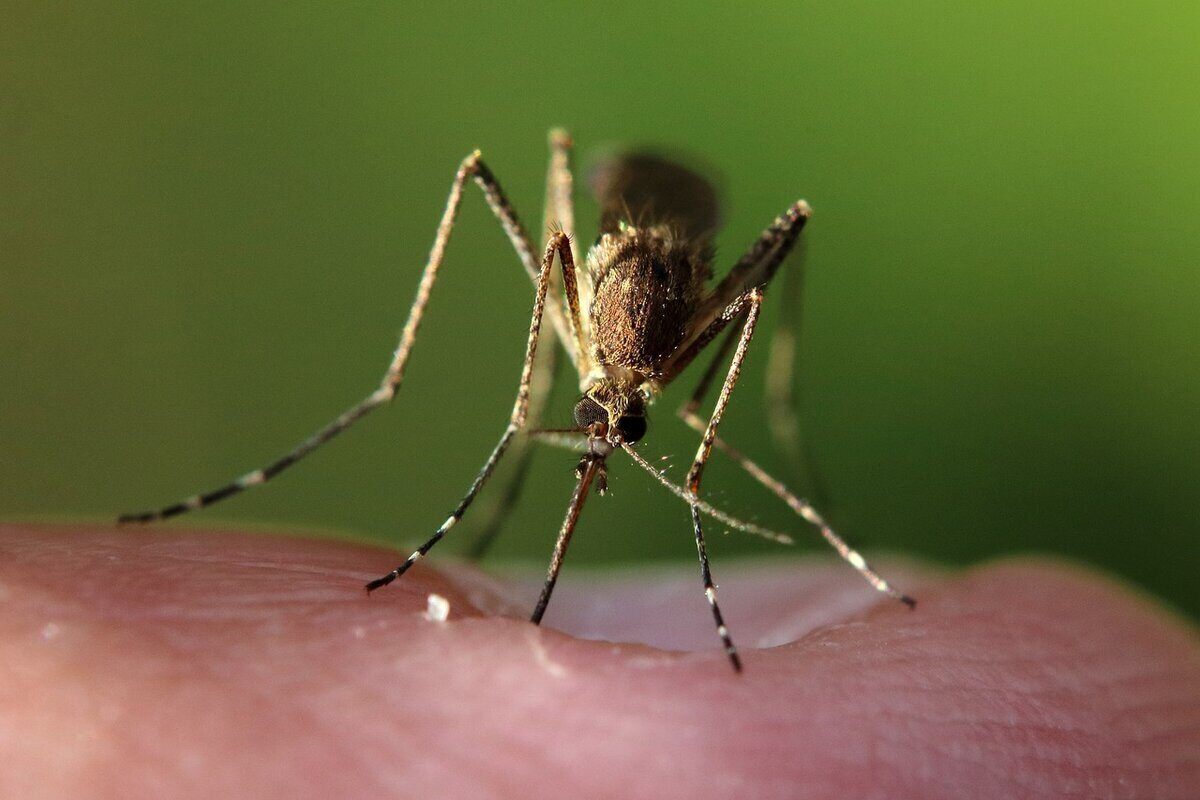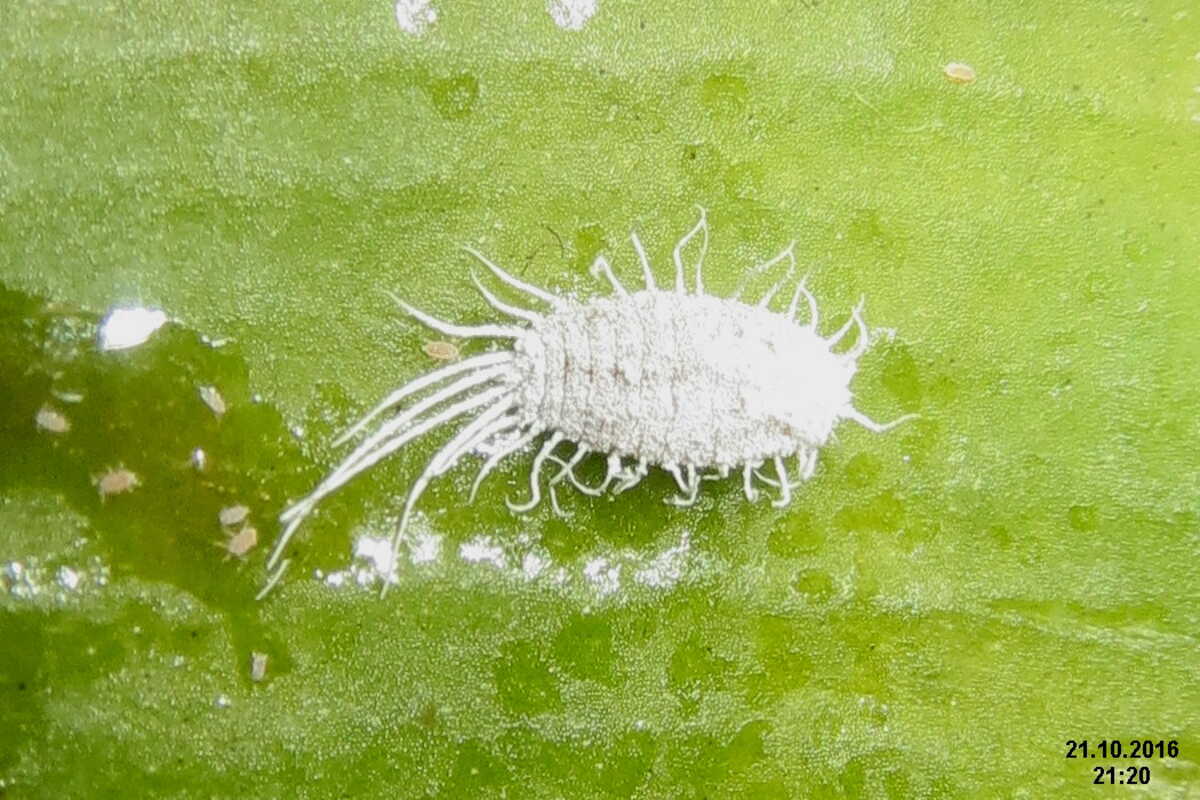
There is a plague ravaging the houseplants and gardens of the world, devouring the innocent and defenseless without mercy, and its name is mealybug. These waxy, powdery crawlers won’t hesitate to munch on any plant they can get their paws on, including the ones you’ve spent so much time cultivating. Knowing how to get rid of mealybugs can help you save your indoor plants, outdoor plants, garden, or greenhouse.
What are Mealybugs?
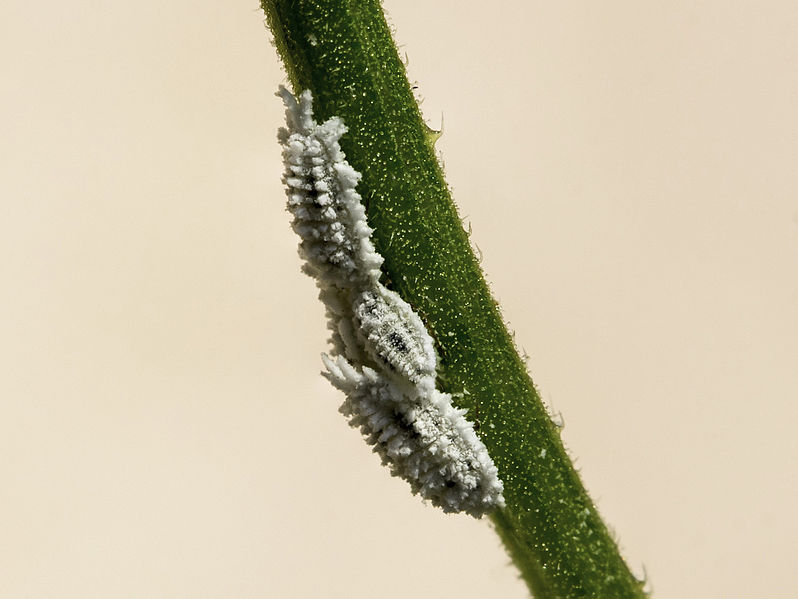
Mealybugs are a fairly common pest. They’re a cottony soft-bodied scale insect in the Pseudococcidae family that might be mistaken for a little white patch on your plants at first.
The reason mealybugs pose a danger is because they suck out plants’ sap, draining them of vital water and nutrients, and leave behind a residue that grows mold and attracts other pests. Mealybugs can eventually kill your plants in large enough numbers and act as a vector for plant diseases.
How to Get Rid of Mealybugs
There are a number of ways to get rid of mealybugs. Natural solutions are the more sustainable solution compared to synthetic pesticides and are healthier for your plants. Most of these methods will be sprays, but you can also use some as soil drenches.
In the case of potted plants, change their soil after all visible bugs are gone and thoroughly clean the pot before repotting regardless of the method used, as this is where mealybugs lay their eggs.
Below you’ll find various methods for tackling mealybugs. You can pick from any one of them to use at a time or combine certain ones, but be careful with all of them to avoid stress on your plants. Many of these methods can be used on both indoor and outdoor plants. Take particular care with any sprays in the case of plants that absorb water through their leaves, such as orchids.
The first step to getting rid of mealybugs, regardless of what method you use, is to quarantine the affected plants.
Change How You Feed Plants
A good passive way to help get rid of mealybugs is to change your plants’ food. Reducing the amount of water you give your plants can give mealybugs less to feed on and weaken or even possibly starve them. Reducing any feed or fertilizer can have the same effect. Changing these things may not kill off the bugs, but it can help tip the scales in your and your plants’ favor while you use more active treatments like the ones below.
Water
One solution to get rid of mealybugs is with plain water. Hose and wipe down your plant to remove any visible bugs. In the case of potted plants, you can also drown mealybugs in a sink or other container. Add a small amount of soap for a better effect. Check the plant frequently and remove it once all visible bugs are dead. This should take about ten minutes or so.
Prune
If you can catch mealybugs early enough, cutting away the plant leaves or parts of the plant with these little white bugs on them can help save your plants.
Rubbing Alcohol
A more active method of getting rid of mealybugs is with isopropyl rubbing alcohol, which will kill both mealybugs and their eggs. You can buy a bottle of a premade mixture of 70% rubbing alcohol to use with cotton balls and swabs to wipe down your plant or spray it with a mixture of one cup of alcohol for every quart of water and a few drops of dish soap. Do not pour rubbing alcohol in the soil.
Soap
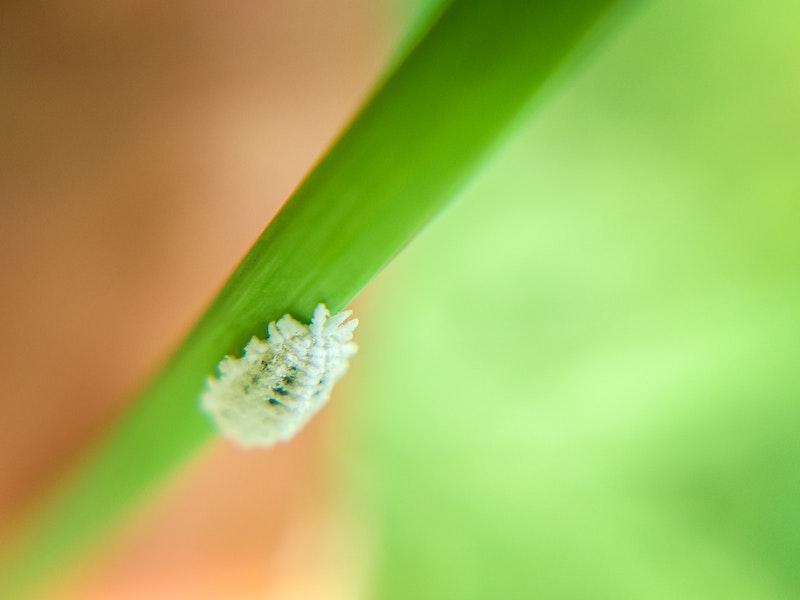
Soap suffocates mealybugs. Spraying your plants with a watered-down mixture can kill them. A good ratio is one tablespoon for every quart of water. For best results, give infested plants an even coating. You can spray the soil but do not use soap as a drench.
Dish soap can be stressful for plants, so consider natural soaps such as Castile soap over synthetic ones, and test the spray on one part of your plant before applying to the whole plant to ensure they can handle it. Wipe down your plant with water afterward to get the dead bugs off and get rid of any stragglers.
Vinegar
Vinegar will also kill mealybugs. Spray your plants with a mixture of one part vinegar to three parts water to get rid of the bugs. Unlike other options, vinegar is actually beneficial to certain plants, but should still be used very carefully as it will harm most plant species. Research the effects of vinegar on your plants’ species and their limits, and test the treatment on one part of the plant before applying it to the whole plant.
Hydrogen Peroxide
Unlike many other options, hydrogen peroxide isn’t harmful to plants provided it’s sufficiently diluted. Use one part pure hydrogen peroxide (with no additives) to four or five parts water and water your plants’ soil with it to get rid of buried mealybug eggs. Spraying adults won’t be very effective, so this should primarily be used for eggs. Combine this method with others to get rid of the adults and achieve the best results.
Neem Oil
Neem oil is a naturally-occurring insecticide that will kill mealybugs on contact. Use a solution of one teaspoon per quart of water with a few drops of dish soap added. This can be used as either a spray or a soil drench. Apply this during the late hours of the evening, night, and early morning or when plants are not blooming to avoid harming pollinators, as it is somewhat toxic to them.
Synthetic Pesticides
Organic means of pest control are the most effective option with mealybugs, as they’re resistant to many synthetic pesticides and can gain resistance to any you use on them regularly. They may do more harm to your plants than the parasites. Synthetic pesticides and insecticides should be considered the nuclear option for these reasons, but if all else fails, there are some you can try.
Pesticides for Mealybugs:
- Dinotefuran
- Imidacloprid
- Pyrethroids
Signs of Mealybugs
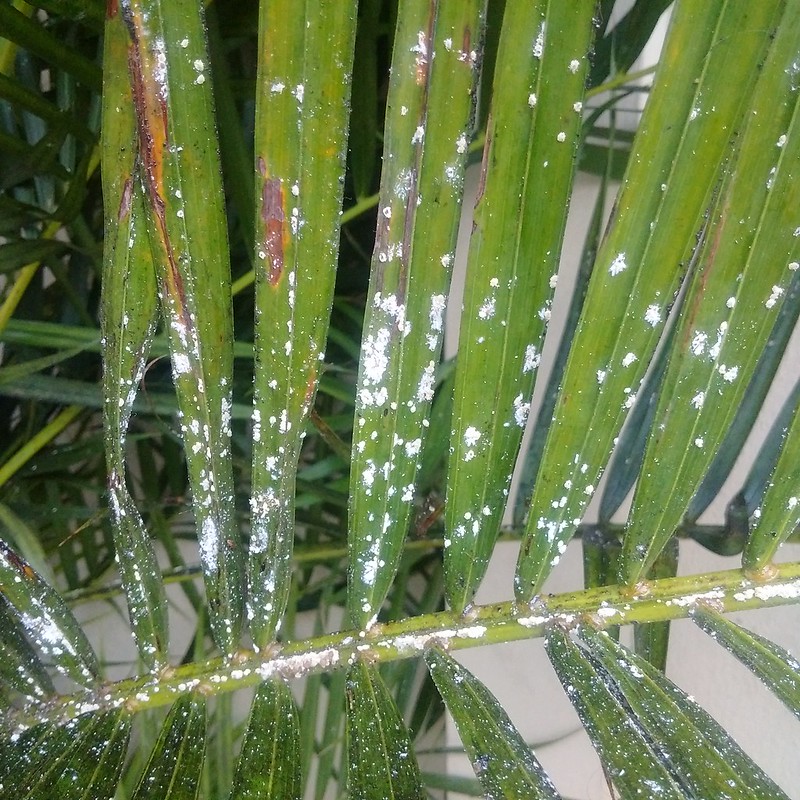
Take a look at your plants. Mealybugs are small, white, and fuzzy, so they should be easy to spot. They’ll look like chunks of fuzz growing on your plants. If not, look for evidence. The plants they feed on may be yellow and wilting, so if you can’t find anything else wrong with them, mealybugs might be the cause.
Finally, look for their droppings. Affected plants may have a sticky, waxy coating called honeydew, which can lead to sooty mold in advanced cases.
What Causes Mealybugs?
There are a few different ways that mealybugs might be introduced to your garden or houseplants:
- The most common way that mealybugs infest plants is with the introduction of a new plant that already carries them.
- Mealybugs are also attracted to plants with high nitrogen and soft growth, as well as warm environments with plenty of water. If you’re overfeeding or overwatering your plants, they may be a target for mealybugs.
- Mealybugs may also be introduced outdoors by the Argentine ant, an invasive insect that will protect mealybugs and other parasites in order to feed on their honeydew. They sometimes move these parasites to better feeding spots, so keep an eye out for them.
- Fresh produce and flowers from a grocery store or farmer’s market may have mealybugs, though this is rare.
- Potting soil may be contaminated with mealybugs.
- Mealybugs prefer warmer temperatures, so they’re more commonly found in warm climates than colder ones. Keep a closer eye on houseplants and greenhouses if you live in a cooler climate. In warmer climates, stay vigilant for outdoor and indoor plants alike. They can infest almost anywhere, however.
How to Prevent Mealybugs
There are also ways that you can keep mealybugs from getting to your plants in the first place:
- Check the appropriate amounts of feed and water for your plants to keep them from becoming overwatered and a prime mealybug feeding ground.
- To prevent an infestation with a new plant, inspect any newcomers thoroughly and quarantine them for approximately one week before introducing them to the rest of your houseplants, greenhouse, or garden.
- To prevent infestations from spreading, thoroughly sanitize your gardening tools between uses, along with any plant pots you reuse. You can also keep your plants a good distance away from each other so that the bugs don’t jump between them. 10 to 15 feet should be sufficient.
You can also use nature to your advantage as a preventative by introducing some of the mealybugs’ natural predators to your garden or greenhouse. A wide variety of insect species feed on mealybugs, so you have some choices when it comes to critters to let loose upon mealybug populations.
Keep in mind that mealybugs may come with Argentine ants, which cultivate mealybugs for their honeydew and will repel predators. In this case, you may need to deal with the ants first. Bait traps are the most effective method of getting rid of this pest.
In the case of indoor plants, move them outside temporarily while the bugs do their work to avoid another infestation in your home.
Mealybug Predators:
- Ladybugs. Ladybugs will eat mealybugs along with many other garden pests such as aphids. You can buy live ladybugs from many major retailers or from plant nurseries.
- Mealybug destroyer beetles. Another major predator is the aptly-named mealybug destroyer, also known as Cryptolaemus Montrouzieri, which will actively hunt mealybugs and their eggs throughout their life cycle. These can also be bought at nurseries and are relatives of ladybugs.
- Lacewings. As their name implies, lacewings are a fairly delicate insect. In their adult stage, they mostly feed on flower nectar and pollen, but their larvae will devour mealybugs. Their eggs are commercially available online and in many nurseries.
- Hoverflies. These insects look very similar to bees but cannot bite or sting you. Unlike many other mealybug predators, they’re hard (but not impossible) to find commercially. You can attract them to your garden to introduce them to your plants, and like lacewings, their nymphs feed on mealybugs.
FAQ About Mealybugs
It depends on how long the infestation has been going on. If you’ve caught it relatively quickly, the affected plants should bounce back with no problems once the bugs are gone. If it’s been going on for a while, the plants may be beyond saving or even already dead. Wait a bit after the infestation clears up, and if the plants don’t show signs of improvement, dispose of them.
If you have a recurring mealybug infestation, it’s possible you’re only getting the mature bugs and not larvae or eggs. Check your plants thoroughly. Mealybugs attach egg sacs to various places on plants, such as twigs, fruit, or the undersides of leaves. Some species also lay their eggs within the soil near plant roots, so you may have to do some digging to make sure you’ve gotten them all.
Mealybugs can also hide if they believe they’re in danger, and you may not be getting them with your treatments. They can live within your plants’ soil, so try removing the top layer and thoroughly washing the rim of the pot if it was a potted plant, along with any nooks or crevices where they might be hiding. Lastly, remove the plant from the area to make sure any hiding mealybugs don’t jump back onto it when you’re not looking.
It depends on how quickly you catch the infestation. Mealybugs are a stubborn pest, one that is not quick to leave. You can get rid of any visible bugs in an afternoon, but if they’ve had time to lay eggs, it may take anywhere from weeks to months to completely eliminate an infestation, depending on the methods you use. If you don’t see some results after a week or two, it may be time to switch tactics.
Call in the Cavalry
If your plants are infested with mealybugs that you just can’t seem to get rid of, it might be time to hire a professional. Your local gardening pros can help you beat those mealybugs and save your plants.
Main Image Credit: David Short / Flickr / CC BY 2.0
